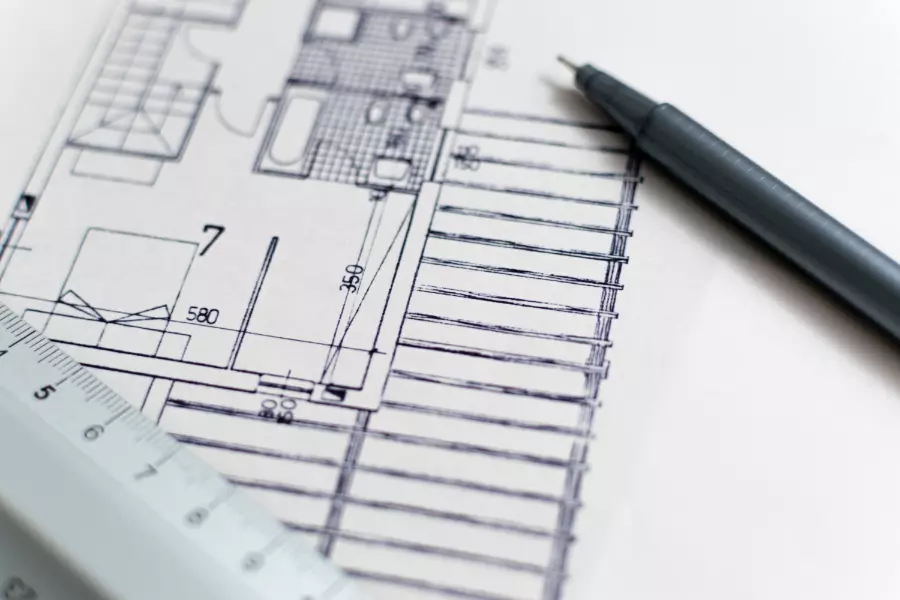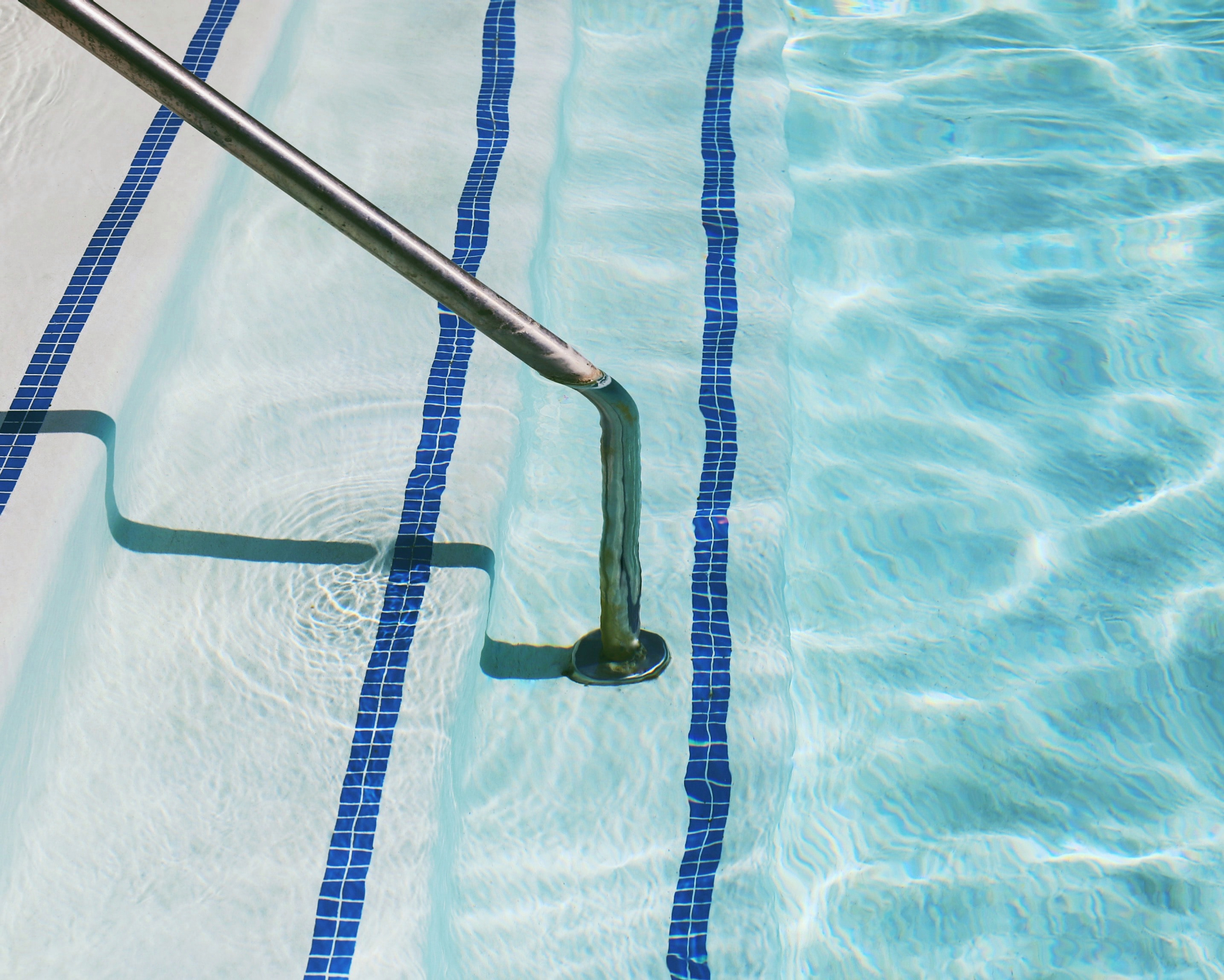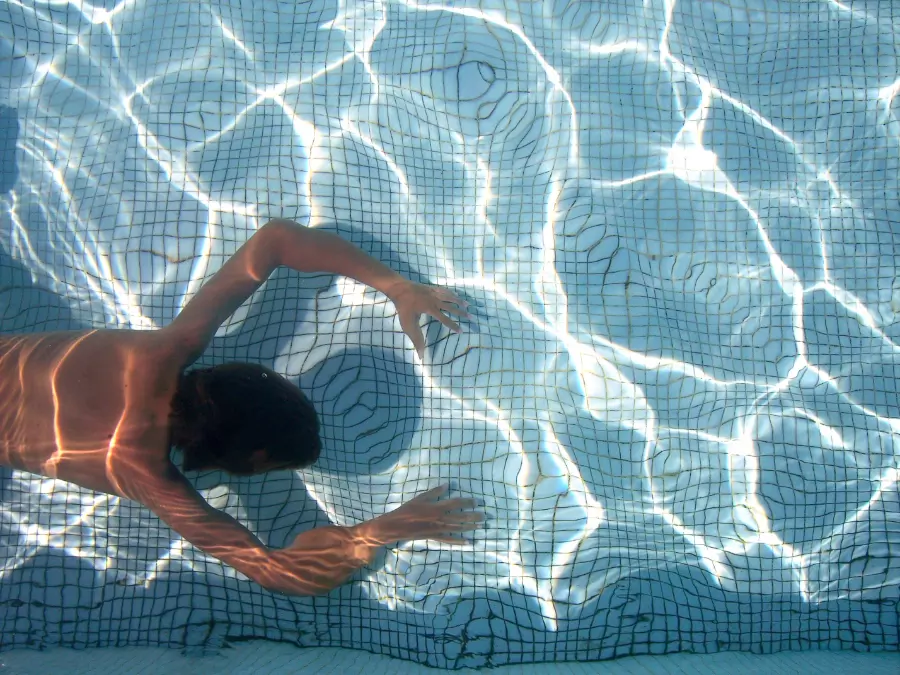UK homeowners often ask: can I build a swimming pool in my garden? We look at the regulations involved in building a swimming pool building on your property.
Is planning permission required for a swimming pool?
Understanding the law and regulations is essential before you do anything major, like installing an indoor swimming pool in your house. Whether you require planning permission before you add a swimming pool to your home is something you may be wondering about as well.
Outdoor pools do not usually require planning permission. However, there are some exceptions: green belt, outstanding natural beauty, a conservation area, or listed buildings.
If any of these fit your current situation or you are unsure about what is needed, you should contact your local planning office for advice to ensure you have the right and permission to make any changes you wish. Contacting your local authority is usually advised regardless of whether you think you don't need permission or if you do. Ensuring you understand the limits means you avoid unnecessary complications and fines for the changes made.

In indoor swimming pools, indoor pools generally need to have planning and building control applications made before any work can be done, so starting construction of a pool without permission isn't advised. If you are sending off the application to the planning office, it is advised to hire an architect to do the basic outline for any changes you have in mind.
This is done to ensure you are as accurate as possible at this stage. Also, the architect's sketch will involve all information needed to come to a decision as soon as possible.
Not only will this help with the applications for building control and planning applications, but any contractors can also use them to provide estimates for the work and swimming pool. These estimates may also include the plant equipment needed for the job to be completed. With all this being said, no work should be started without the applications being accepted as if they are rejected, but you have started. This can cause some major issues and large fines.
Indoor swimming pool buildings
Indoor swimming pools are rather attractive and catch the eye of many potential buyers and can also be useful in giving the potential buyers an extra nudge towards your home compared to other properties.
Many different construction methods and materials can be used when creating an indoor swimming pool. Still, first, you should ensure any planning or building control applications that need to be sorted are sent first. These construction materials for these projects can include tiled concrete pools or even one-piece fibreglass shells if needed.
Adding a pool hall to a new building is considered an outbuilding because it is considered permitted development. Therefore it does not require any planning permission. However, there are some limitations and conditions added to it.
In the design stage of your pool hall, ensure the hall has sufficient space for a plant room if needed.
Any of the building regulations and planning rules in place for indoor swimming pools also apply to sauna cabins and hot tubs housing if they are to be added at some point. These hot tubs and saunas will also have to adhere to any rules and regulations pertaining to ventilation. It would help if you understood all running costs included with indoor swimming pools or any other additions you wish to make before adding them in.

Building Regulations
All types of buildings have building regulations that they must adhere to to ensure they are safe and meet all requirements from the government. This also applies to swimming pools. All swimming pools have building regulations that fall under Part L of the building regulations.
These regulations cover a range of common issues in the construction of swimming pools and ensure the pools are constructed properly and safely for all those involved.
Suppose you are planning on hiring a professional swimming pool construction company as your main contractor. In that case, their builder should definitely be up-to-date with the current regulations and anything that may impact your pool and construction.
The builder should know some things: the insulations, ground conditions, calculations, construction methods, and renovations.
How big should we build our pool?
Many questions are asked by new clients looking for swimming pools to be constructed on their property. "How big should we build our pool" is quite common for professional swimming pool construction companies and contractors to hear. Many professional pool construction companies will have a relatively similar answer: they will need more information. Answering this without asking yourself some questions might make you choose the wrong pool or the wrong size.
With you having your questions in mind, there are a few suggested questions for you to ask yourself if you are looking for the best size, shape and profile for your swimming pool.
How much are we willing to pay to run our pool?
What is the height of the people who are using the pool?
Who is using the pool?
How much space do you have available for the renovation? How much are you going to use the pool?
These questions are necessary to get a good idea about the size and shape of the pool you are looking for and get an idea of the budget you are willing to set. These questions help tailor the pool to meet your designs as much as possible.

In terms of practical experience, most garden designers and architects will plan the outline of your swimming pool, but no thought towards any practicalities are involved. Although this is not their perspective, it would be useful to have a design that can be used correctly.
With this being said, we can advise you to get in touch with a swimming pool company with their designers to work closely during the process before you get any quotes from other contractors or companies.
Although many pools can have a varied minimum depth for their swimming pools, the SPATA or Swimming Pool and Allied Trades Association) suggest that you should have a minimum depth of around 1.1M in the shallow part.
Within these standards, they also advise that if you have a shallow dive area, you should have the minimum depth set to 1.5M and a minimum length of 7.6M.
If you are looking for indoor swimming pool construction in the Dalkeith and Midlothian area contact us today on Indoor Pool Experts to discuss your project.
